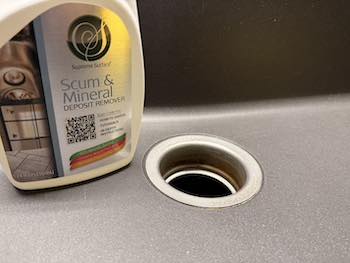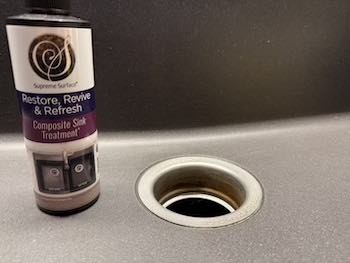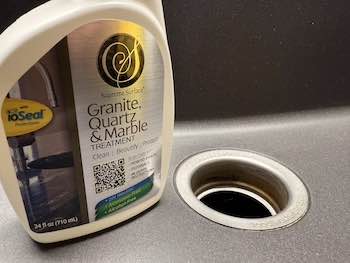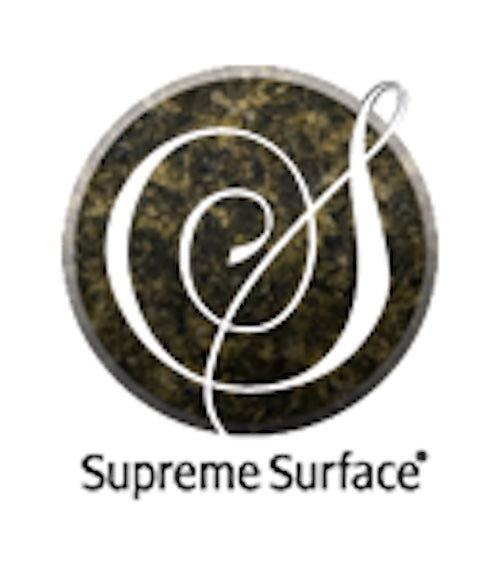
White Haze on Granite Composite Sinks: Causes & 2025 Removal Guide
Share
White Haze on Black Composite Sinks?
Fix It in 3 Steps – Permanently

Hard water, soap scum, and a worn factory finish turn your beautiful dark sink chalky white.
Most people waste money on baby oil that disappears in days.
We fix it for good in under 30 minutes — and make it stay fixed.
Our Proven 3-Step Restoration System

1. Deep Clean
Scum & Mineral Deposit Remover

2. Restore Color & Shine
Restore Revive & Refresh
(long-lasting, fills light scratches)

3. Protect Forever
All-in-One Stone Care with ioSeal®
(progressive seal — no more wiping dry)
Real Kraus black composite sink restored in under 7 minutes.
Get the Complete Kit – $Value
Includes full-size bottles • microfiber cloths • step-by-step instructions • direct help line (call/text 317-865-0000)
Add to Cart – Complete 3-Step BundleOr shop individual products →
Want the full science, all 4 causes, and long-term prevention tips?
Read the complete 2025 guide on SupremeSurface.com →
95% of dull sinks look dramatically better after just 3 applications of Step 2.
Severe damage? Just add more layers — it only gets better.





8 comments
Thank Heavens for your products!! They have worked so well for my black composite kitchen sink, where other products failed! Since finding your website and instructional info, I have been able to maintain the 17 yr old sink without the angst & worry I previously experienced. God bless!
Hi! I’ve had a black Kohler sink for about five months and it is starting to have a chalky look around the perimeter. I regularly clean it, but I have not attempted to use anything too potentially harsh (I don’t think), and our water is quite hard. Any guidance would be appreciated. Thank you.
Information/assistance about the composite granite sink restorations that Shannon, D A Mullen, and Wendy mentioned can be figured out through the phone line this blog gives. The customer service has been very helpful and informative; damage on granite sinks appears to be very common.
Our sink has been damaged. What are my options? A couple posts mentioned a restoration kit. More info on that would be great.
I’m interested in the composite granite sink restoration kit Shannon Wastling mentioned. The same thing happened with my Blanco Silgranit sink (vinegar and baking soda mixture). Thanks.